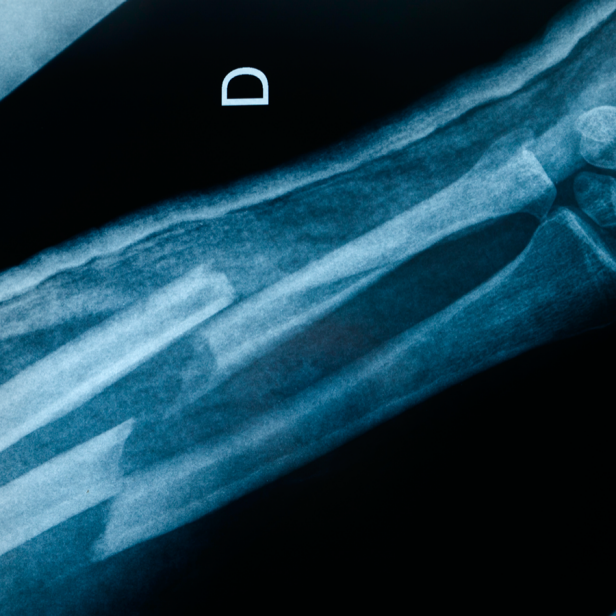
Getty Images
How Much Force Does It Take To Break A Bone?
Contrary to popular belief, bones are not that easy to break.
Your bones are incredibly strong. Ounce for ounce, bone is stronger than steel. One cubic inch of bone can withstand the weight of five standard pickup trucks, give or take a few pounds.
If you're looking for the specifics to snap a piece of your skeleton, it takes about 4,000 newtons of force to break the typical human femur. But don't run out and start applying pressure to femurs and then get upset at us when things don't crack correctly. A lot depends on the bone itself, its position in the body, and the angle of attack. The age, diet, and lifestyle of the bone-owner also plays a role.
Before you go all Chuck Norris on bystanders to try this yourself, watch the video below to (ahem) bone up on the subject.
This article first appeared on Curiosity.com.


















